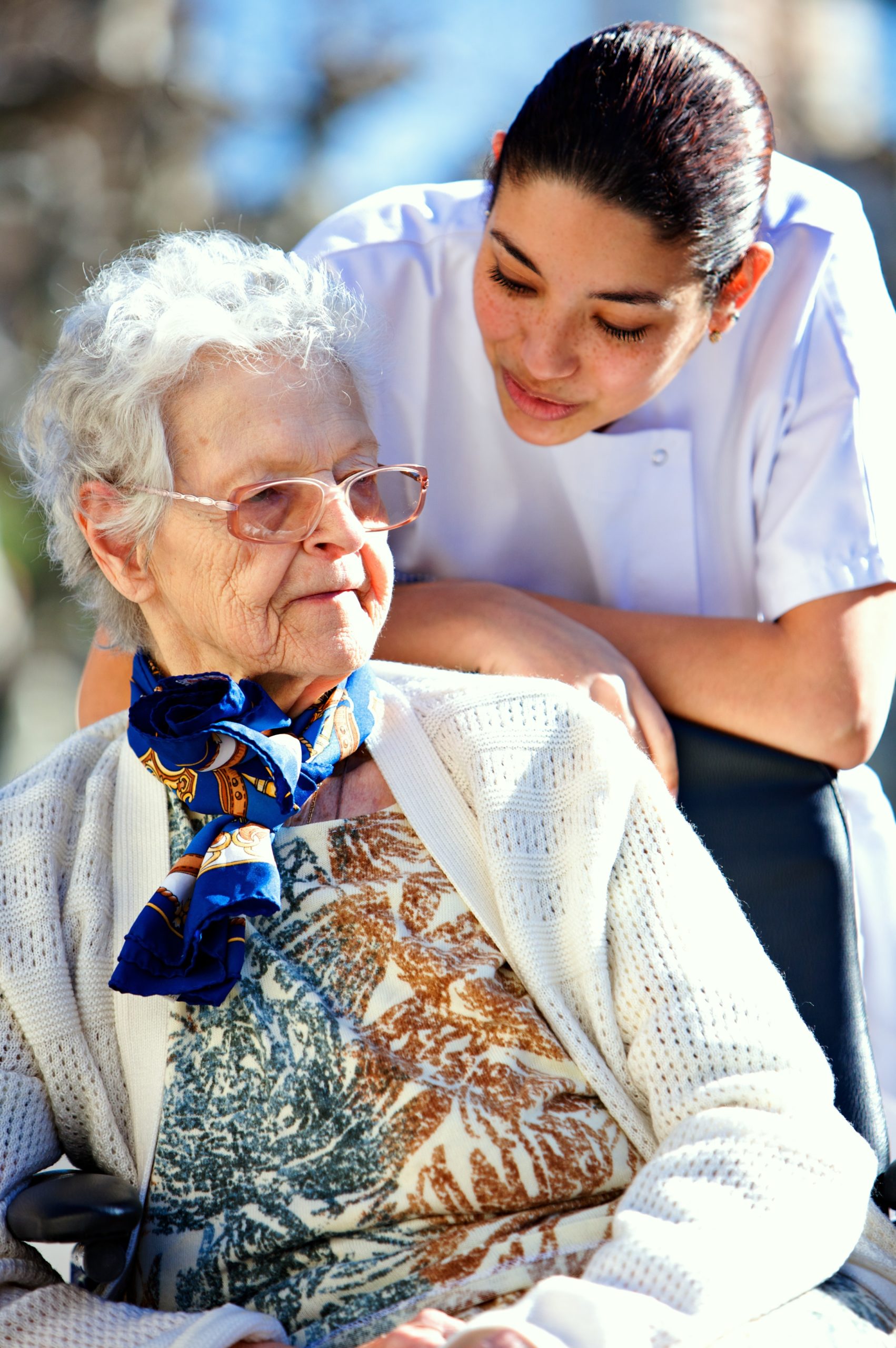latest
Getting Real: When I Visit the Palace
2021, a new year and viewed as a fresh start for many. The COVID-19 pandemic is still at large, global efforts to suppress transmission are being challenged by new variants, and harsh weather is a concern for many needing to travel to mass vaccination sites. Despite these challenges, vaccines are being rolled out with great efficiency and recent polling has demonstrated that throughout Europe vaccine skepticism appears to be on the decline. Many of the significant difficulties faced by the care sector are being felt even more through these winter months which are challenging at the best of times.
This month’s story “When I Visit the Palace” by Liz Williams provides an intriguing look at residential care and an implementation of wearable technology to inform health and care provision. The main character is living in a residential nursing home and is suffering from Bonnet syndrome and macular degeneration, as well as lifelong effects of the seemingly fictional “Djering’s Disease”, which is described in similar ways to Polio, with long term consequences and disability after treatment. This also has parallels with the current COVID-19 pandemic and after-effects reported with “Long COVID”. The story provides a touching insight into the relationship between carer and resident and largely through dialogue, we learn about the state of care provision and the “Ambient bracelet”. Ambient is the company which manufactures the bracelets being discussed and the company also owns and runs care homes. The story seems to demonstrate a much more integrated health and care provision than the one we currently have. Later in this post we will discuss integrated health and care systems in more detail.
The technology developed by Ambient seems to be a health monitoring solution, which is with citizens throughout their lives, however in the story we see that this is not always the case. Wearable technology for health, wellbeing and care is a burgeoning market with some innovative applications and solutions which could prove to be transformative over the long term. Many people are familiar with Fitbit or Apple Watch technology and the sort of information it can give you, as well as nudges and prompts to be more active in a day. These devices record vast amounts of data, which are certainly being explored and mined for interesting features to better inform approaches for new healthcare products. The richness of the data offered by wearables is perhaps best demonstrated through the $2.1 Billion acquisition of Fitbit made by Google in 2019. Notably, the European Commission had to approve the acquisition, highlighting fears about market monopolization and concerns about data ownership by Google and how that relates to competition legislation. In an increasingly data-driven world and medical sector, it is interesting to see where the technology giants of today are heading. Healthcare is a complex market and there has been speculation about market entry by these players for some time. Amazon launched an online pharmacy service last year and their Amazon Care employee benefit may indicate a more developed position than other tech rivals.
Beyond lifestyle bracelets and smart watches, the wearables market is growing through personal monitoring devices for independent living, embedded devices and digital “smart” pills, as well as wearable medical patches which are being designed to monitor a range of biomarkers to monitor health and at times deliver medication. Drug delivery patches are not currently digitally enabled, however in time more features, including connectivity are likely to be integrated. Research efforts and concept designs to develop an Artificial Intelligence (AI) contact lens may be able to one day restore sight or augment vision.
The policy and regulatory environment for wearables and devices is complex and there are currently grey areas with regards to legislation. There are several difficulties when considering where the defining boundaries between technology types are and how this relates to function. For traditional medical devices, such as surgical tools or syringe pumps, there is a defined piece of technology with a very specific function, which allows for clear standards, regulation, and accountability.
Many new digital technologies are emerging and these, make use of consistently accumulating datasets, may have multiple functions or intended uses, and are not necessarily a medical product. These could have lifestyle analytics features which tie in with healthcare provision, and often do not have clearly auditable underpinning technology. Such devices are hard to assess in terms of patient or consumer safety. We have explored this in our parliamentary briefing on the Medicines and Medical Devices Bill. Indeed, the Medicines Healthcare products Regulatory Authority (MHRA) has a considerable amount of work to do to solve this problem.
The different functions of wearables may integrate with health records, diagnostic tools and epidemiological reporting in time, which could be coordinated as a service by companies like Ambient and in part delivered through a bracelet. This sort of approach could provide significant benefit for a health and care system to improve quality of care and better health outcomes, but as we see in the story several concerns arise from such an approach. We have discussed surveillance-based health technology at length before, so here we will focus on digital inclusion and service provision. The main character in the story seems relatively certain that she will see her days out in the residential home she is currently living in, which she seems fairly content with. We discover part way through the story that having lost her Ambient bracelet, she was not issued a new one. There is a subtext of her not needing a replacement, being in a state of end-of-life care managing several conditions. To me this is troubling for several reasons, not least because it seems to be a form of exclusion based on age.
There is ongoing research and exploration about how health and social care can be better integrated and concerns such as access to care and digital exclusion are potential concerns, highlighted in part by the pandemic. Online consultations, telemedicine and healthcare apps are becoming more commonplace and COVID-19 has accelerated this. However, thinking about essential services health and care as systems need to provide and flexibility of transitioning between the two, there is a case for a new lifetime model of provision as our health and care needs change. With the right tools and infrastructure people can live with better health and a better quality of life with a range of different support systems in place where. However, we need to ensure no one is left behind or forgotten if a piece of technology fails, or as is the case in the story a bracelet is lost.



